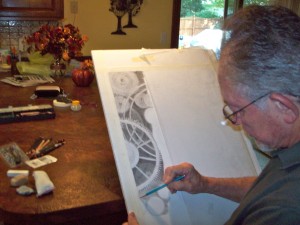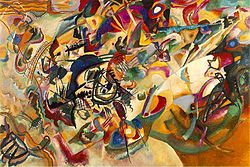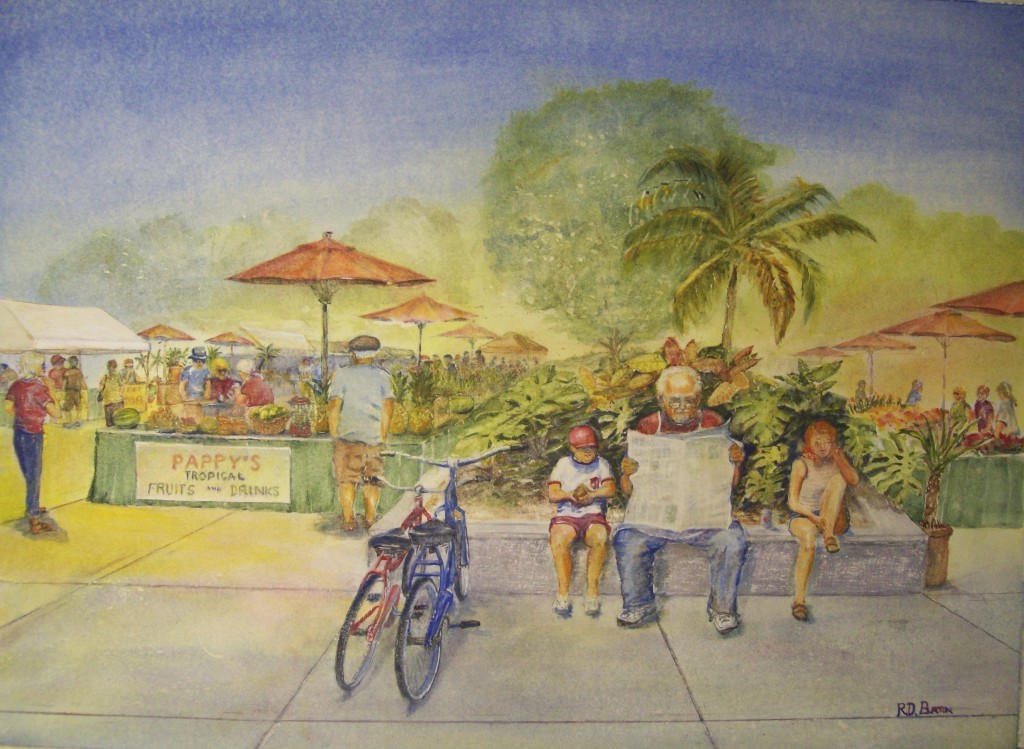
An artist affect viewers with their style by creating expressive paintings. If you think of the different categories of artistic style, then you can understand what I mean.
For example, start with the realistic style of painting, and work your way to the abstract style of art. You will find yourself going from the realistic to the impressionistic to the Surreal to the abstract.
When I talk about the realistic style of art, I think everyone knows what I’m talking about. This style will result in viewers playing a mental game studying the art to find mistakes of something that seems just a bit off.

In the late nineteenth century, paints were invented that was less expensive, more available, and did not dry so fast which allowed the artist to spend more time outside in the open air instead of being tied down painting in their galleries. This changed the way the style of painting changed forever. It brought to the canvas the impressionistic style. The characteristics of this style of art includes small, thin, visible brushstrokes, with emphasis on accurate depiction of light. Simply put, a viewer will have a realistic feeling about what is being depicted by the artist, and know what the subject is, but if each object in the painting is studied individually they only give an impression of what they represent.
When I think of the Surrealistic movement in art, I think of Salvidor Dali’s famous painting “The Persistence of Memory” where a viewer sees melting clocks in the desert. I personally like the painting, but it makes about as much sense to me as the encyclopedic definition of surrealism: A movement based on the belief in the superior reality of certain forms of previously neglected associations, in the omnipotence of dream, in the disinterested play of thought. It tends to ruin once and for all other psychic mechanisms and to substitute itself for them in solving all the principal problems of life.
Wow! I don’t know if I understood much of that definition at all, but I do get a certain emotion of pleasure studying the surrealistic artists and their works. I can not paint in this style, but I find it entertaining, which defines the true purpose of art: to entertain.

The far end of the scale of stylistic categories of art brings us to the abstract style of art. Abstraction indicates a true departure from reality and depicts imagery in art. Even some art that seems to be true and realistic can be said to be abstract, at least in theory, since perfect representation is considered to be elusive.
Total abstraction (such as Wassily Kandinsky’s Composition VII) bears no trace of any reference to anything recognizable.
The realistic style of painting may be awesome, but instead of it being totally entertaining, it becomes a study for criticism. Abstract art, on the other hand, may be beautiful with vibrant colors and flowing movement, but it only seems to entertain a certain amount of viewers. So, a suggestion of this artist is to paint in a manner that moves toward the middle of the scale. Once you draw your viewers into your painting they can enjoy the sensation they find there. Even though the tree may not show ever leaf realistically, they have no doubt it is a tree because of the impression it gives. They will feel it is “vibrant”, the umbrella as “bright”, the people “interesting”. Your art may even trigger a memory, making the viewers feel good about themselves.
Don’t worry about people not understanding your “looser” style of painting as you move from painting “realistic” to painting more “impressionistic”, as long as you entertain them. They’ll see your art for the fresh perspective it offers.

